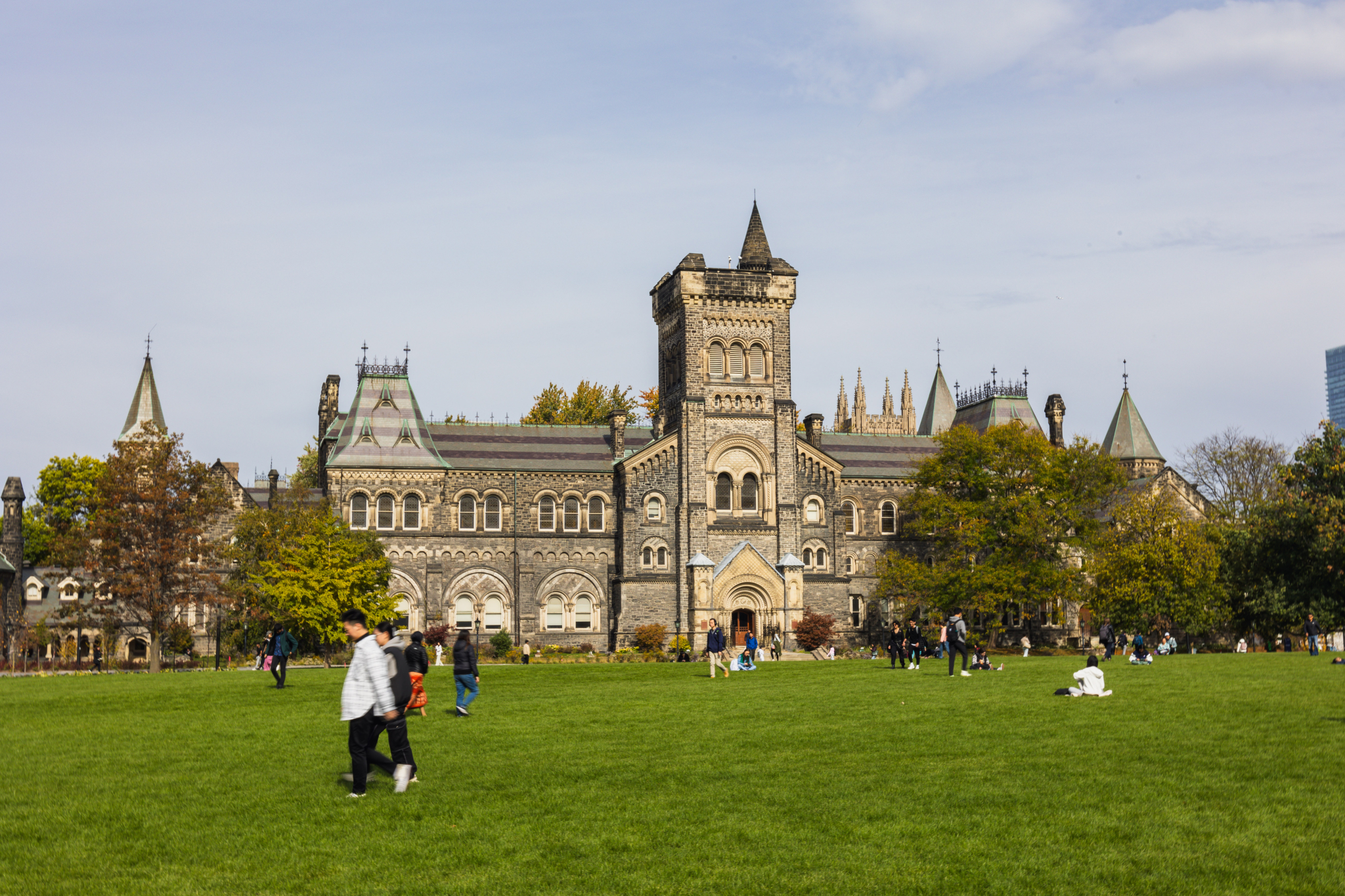Pioneering heat pump research by a University of Toronto professor in 1940 is now paving the way for a retrofit that will dramatically reduce emissions at the school’s historic downtown campus.
Thanks, in part, to the groundbreaking technology discovered by Prof. Frank Hooper, the university plans to start overhauling heating and cooling systems at its 200-year-old St. George campus this summer.
Called Project Leap, it is believed to be the largest sustainability effort in the higher education sector in Canada, said Ron Saporta, U of T’s chief operating officer of property services and sustainability. “We want to reduce our emissions in a materially meaningful way and do so rapidly. Not over decades but within a small handful of years.”
Once complete, the project will halve carbon emissions — calculated at 91,000 tonnes last year — on the downtown campus by 2027.
At a cost of $138 million, the retrofit will begin phasing out natural gas in favour of electricity in the campus’s central steam plant and some of the most energy-intensive buildings, said Saporta.
A significant portion of St. George campus emissions stem from the central steam plant, where gas-fired boilers heat most buildings, including the Royal Ontario Museum. Project Leap will convert one primary boiler from gas to electric.
Thirty-five buildings will undergo lighting upgrades to energy-efficient LEDs. Another key feature will connect several buildings with the newly built geoexchange system and active heat recovery technologies beneath Front campus — which is flanked by heritage buildings like Convocation Hall and University College. This active heat recovery process will capture and reuse heat that would otherwise be lost to the surrounding environment as exhaust, and will reduce energy consumption by 40 per cent. The system, utilizing heat pump technology, will store excess heat generated in the summer underground for use in colder months, thereby enhancing energy efficiency.
Following in Hooper’s footsteps, students will also have the opportunity to work on the project and learn about retrofitting, said Saporta. “Our energy partner has committed to hiring co-op students from our university so they can gain first-hand working experience.”
The St. George campus and its large number of historic buildings serve about 100,000 students, faculty and staff daily and account for over 80 per cent of the university's operational carbon footprint.
“The University of Toronto is stepping up with their Climate Positive Campus plan, which is aligned with Canada’s 2030 Emissions Reduction Plan,” said Steven Guilbeault, federal minister of environment and climate change in a statement. “They're leading the pack in global sustainability and making smart decarbonization investments. The Government of Canada will continue to support the University of Toronto in pursuing and achieving their ambitious targets.”

With over $50 million in financing from the Canada Infrastructure Bank (CIB), the project also secured grants from Environment and Climate Change Canada (ECCC), Ontario's Independent Electricity System Operator (IESO), and financing from the Royal Bank of Canada.
Saporta said this project will accelerate efforts to make the St. George campus climate-positive, reducing more greenhouse gases ahead of the original 2050 target.
“With 2030 just around the corner, we need to act immediately and decisively to tackle climate change,” Saporta said. “This timeline wouldn’t have been possible without the support of the Canada Infrastructure Bank. We are grateful to them for acknowledging U of T’s commitment to helping forge a more sustainable future for Canada.”
Saporta explains that in Ontario, electricity is five times cleaner than natural gas, resulting in an 80 per cent reduction in emissions when transitioning from natural gas to electricity. However, he notes electricity is 10 times more expensive than natural gas in the province.
“How do you make that transition to a more expensive energy source? Does it save money? Yes, it does save money and helps us to pay back this huge capital investment for this project,” said Saporta. “By making buildings more efficient, we need less energy, so even though we're buying more expensive energy, it still costs less because we're purchasing less of it.”
Two important research endeavours are also underway, said Saporta. The first examines how deep retrofitting impacts the well-being of people in the building.
According to the University of Toronto, deep energy retrofits are extensive building upgrades aimed at significantly reducing energy consumption by 40 to 50 per cent and cutting carbon emissions by at least 80 per cent. This involves enhancing the building envelope by modifying exterior walls, windows, roofs and doors, and upgrading mechanical systems like heating, ventilation and air conditioning (HVAC) with more efficient technology such as heat pumps.
“We're focused on improving not just the environmental impact of the building, but also the wellness impact on the people in it,” he said. “The other research involves carbon capture, which we can leverage in our central steam plant.”
Following its recent top placement above more than 1,400 post-secondary institutions across 95 countries in the World University Rankings: Sustainability 2024, U of T is working with the Toronto Region Board of Trade to develop a playbook that will guide other organizations pursuing and financing similar strategies to reduce carbon emissions, Saporta said.






Comments